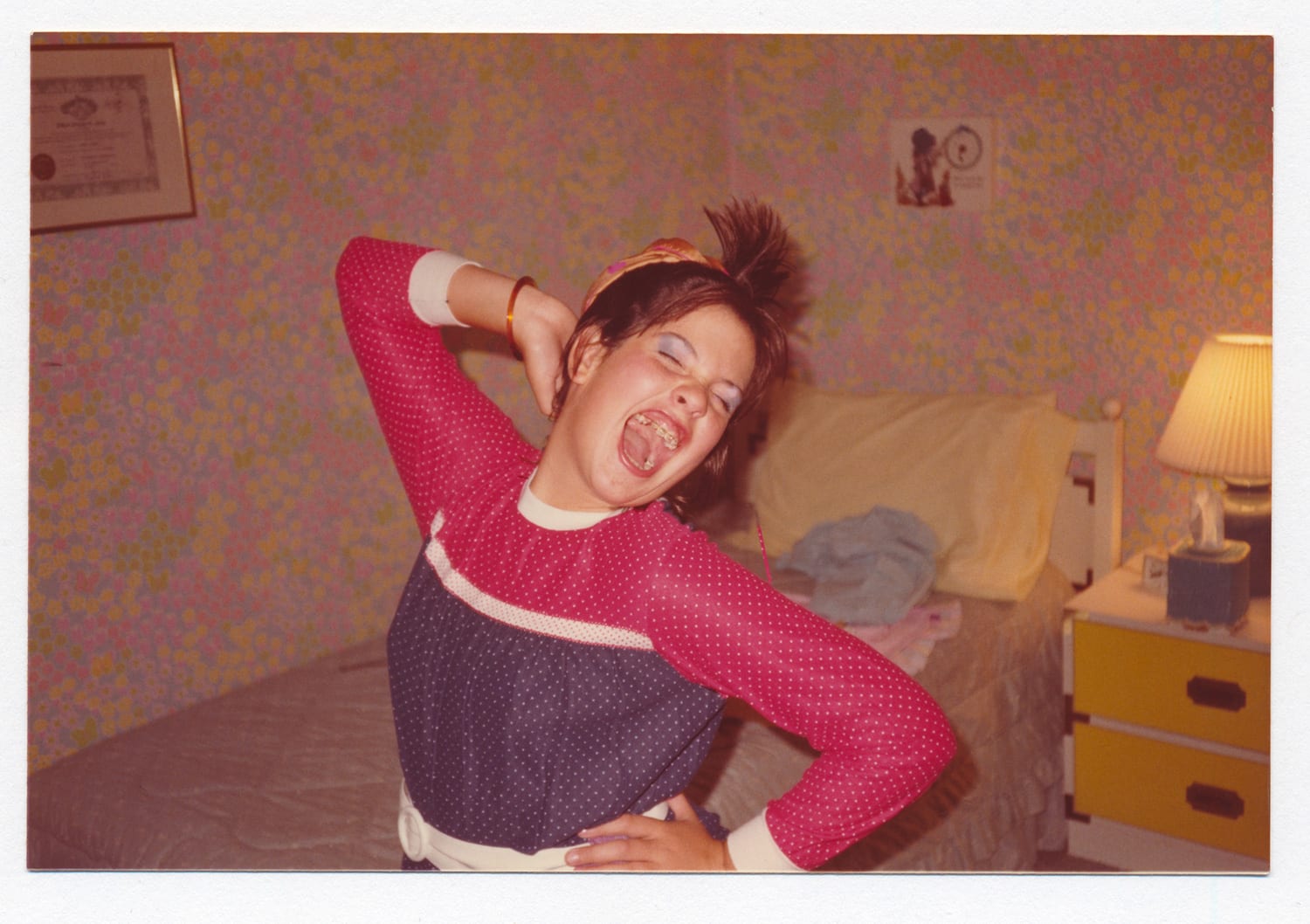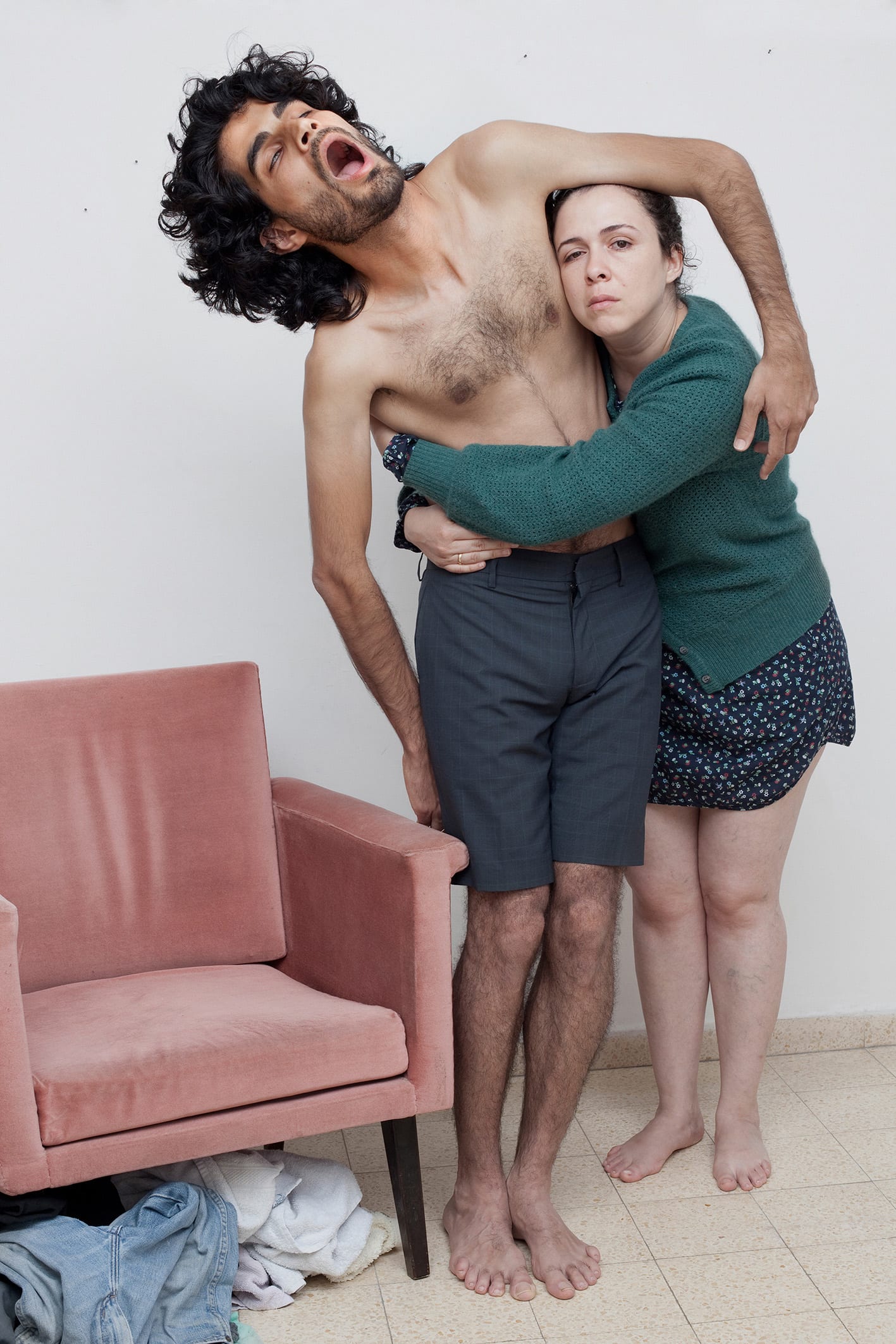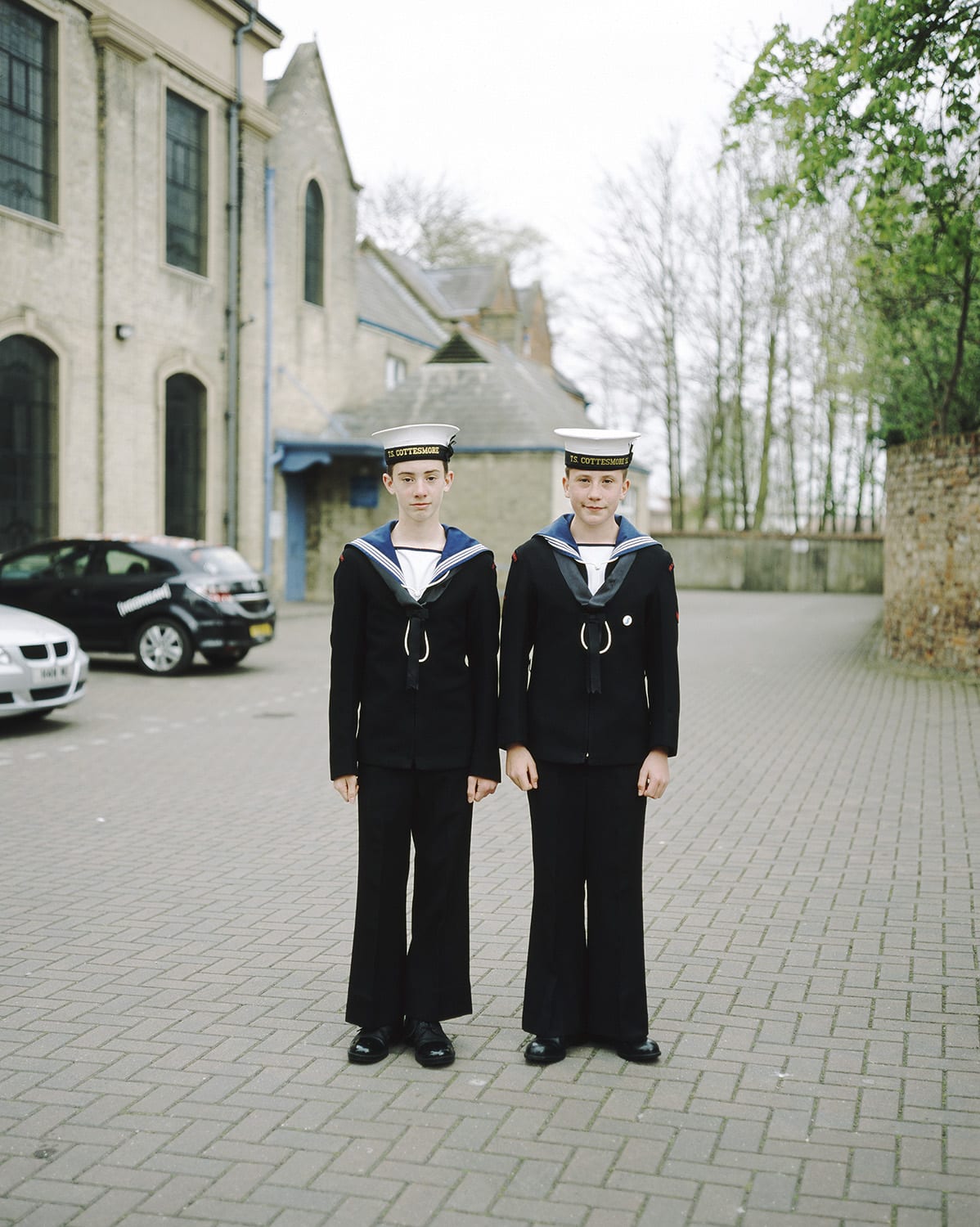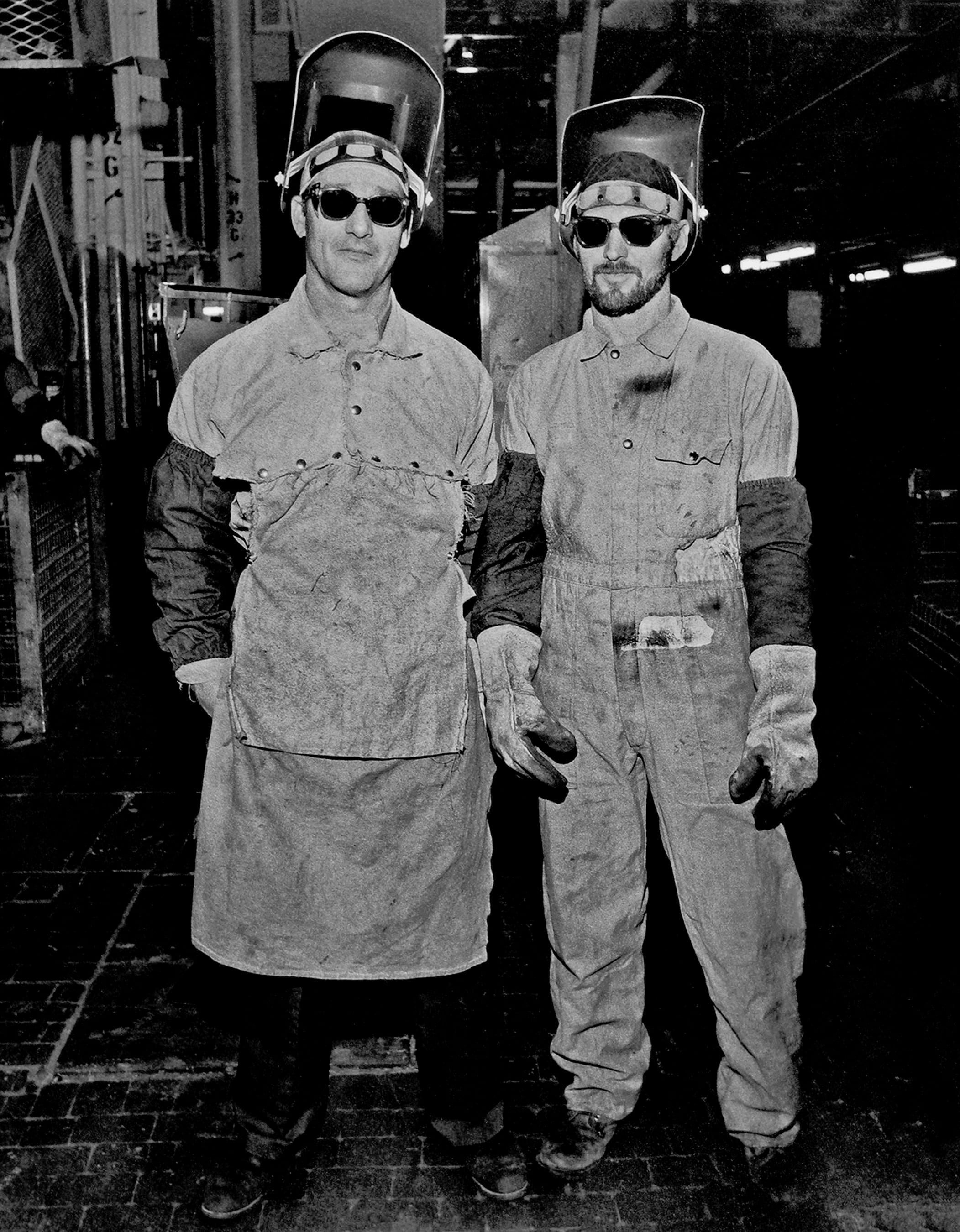BJP asked you what kind of work you would like to see featured in 2018. In the run up to the holidays, we showcased a selection of the most interesting projects suggested by our readers. Send us your thoughts and ideas, along with any projects, here.
Make sure you’re the first to know about the best contemporary photography in 2018, subscribe to BJP here.
Jennifer Loeber

Project: GYRLE
In my mind, my own self-image is the picture of Jennifer and some of the other girls I knew and admired back then. Girls I desperately wanted to be like. Wishing every day that I could be one of those awkward teenage girls instead of the awkward teenage boy I was pretending to be.” Lorelei, 2016
Years after I met her as a teenage boy named Mac, I began the process of getting to know a woman named Lorelei.
GYRLE is an anecdotal observation into female gender expression. Images from my personal archive paired with those of Lorelei’s new life pose questions about the archetype of womanhood.
Alexander Mendelevich

Project: Weariness
“My photography, as absurd as it may seem, is based on the everyday situations we experience as human beings. I tend to intensify the responses and behaviours that characterise us as people. But it often seems that, in today’s reality, our feelings are being repressed behind one superficial façade. This façade only allows for one type of beauty: perfection. But imperfection can also be perfection. I am looking to capture this and depart from the standard conventions of the portrait image.
I am trying to find these moments in the ordinary things that fill our lives. In these photographic scenes our pain, vulnerability, desire and fear are shown through distorted bodies and absurd situations.
In the end, the exaggerated weirdness of the photo creates a dialogue with the weirdness of the world, encouraging a new way of perceiving things.
Deividas Buivydas

Project: F(L)IGHT
Boston is a small market town located in Lincolnshire, United Kingdom. In 2004, when countries such as Poland, Lithuania and Latvia joined the European Union, Boston became an attractive place for economic migrants to visit due to its thriving agricultural and food industries.
However, 75.6 percent of Boston’s residents voted to leave the EU – the highest percentage of any British town or city. Even before the Referendum, Boston had a reputation for being the UK’s most anti-EU town, as a result of growing tensions around the increasing number of immigrants settling there from new EU countries.
The two years I spent in Boston allowed me to observe the town’s communities and people. While living there, I went to college and worked in a local nightclub as a photographer on the weekends, where the majority of visitors were migrants. I started to photograph the town in the Spring of 2016, just before it gained media attention following the announcement of the Brexit results. I felt that the situation portrayed by the media was one sided, and so decided to keep shooting to try and capture all the different facets of the story.
Russell Marshall

Project: Documenting Detroit
I freelanced for many years in Detroit, Ohio and Pennsylvania documenting industrial workers and their places of work.
My focus was primarily on the American auto-worker, the auto factories and related industries and shops. I shot informal ‘on the job’ portraits of the workers, many of whom have now moved on to other jobs because of the plants closing, or retirement.
I published a book of these photographs, accompanied by poems and narratives by poets and labor writers, expressing the thoughts and experiences of the industrial workers’ life. A few gallery exhibits also preceded this publication. I wanted to speak up for the workers and provide evidence that they did exist at that time and in that place.
Make sure you’re the first to know about the best contemporary photography in 2018, subscribe to BJP here.
